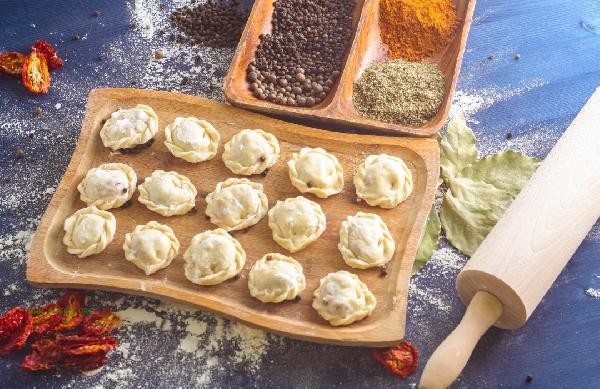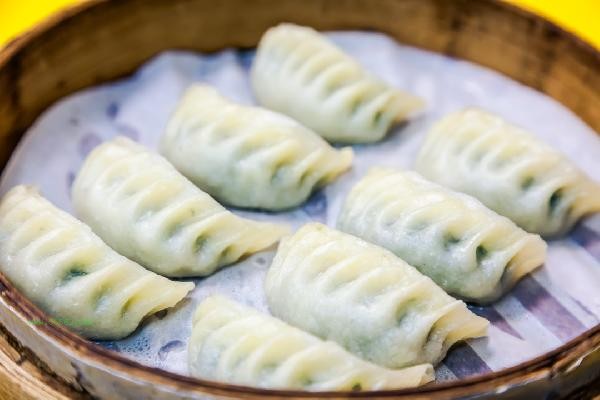The peeling of dumplings during cooking may be related to improper dough ratio, uneven rolling thickness, excessive moisture content in the filling, excessive cooking heat, and improper freezing storage.

1. Improper dough ratio
An imbalance in the ratio of flour to water can lead to insufficient dough elasticity. When there is too much flour, the dough is hard and prone to cracking, while when there is too much moisture, the dough lacks toughness. Suggest using medium gluten flour, mix 220ml of warm water with 500g of flour, add and stir in batches until snowflake shaped, knead into a smooth dough, and let it rise for 30 minutes to enhance its extensibility.
2. Uneven thickness of rolled dumpling skins
When the middle of the dumpling skin is too thick and the edges are too thin, it is prone to rupture due to different thermal expansion rates during boiling. When rolling, the center and edge thickness should be consistent, with an ideal thickness of about 1.5 millimeters. You can use a small rolling pin to spiral the dough from the edge to the center, adjusting the angle of the dough every two turns.
3. Excessive moisture in the filling
Insufficient dehydration of vegetable filling or lack of stirring of meat filling can cause the juice to seep out and soften the dough after cooking. Cabbage and other water containing vegetables should be chopped, salted, and marinated for 10 minutes, and the water should be squeezed dry. The meat filling should be stirred in the same direction until it is sticky and brushed. Mixing meat and vegetable fillings and refrigerating for 30 minutes is more conducive to packaging.

4. If the cooking temperature is too high [SEP], excessive boiling and water flow can cause the dumplings to collide and break. After the water boils, turn to medium heat to maintain a slight boiling state. Each time, no more than 20 pieces are added to the pot, and gently push the bottom with a spoon along the edge of the pot to prevent sticking. The cooking time for fresh dumplings should be controlled at 5-6 minutes, and for frozen dumplings, it should be extended by 2 minutes.
5. Improper freezing storage
Directly freezing unformed dumplings can cause separation of the skin and filling. The wrapped dumplings should be laid flat and frozen for 1 hour before being sealed in a bag to release air. When cooking frozen dumplings, put them in 40 degree water and add a little salt to the water to reduce the cracking caused by temperature difference.
Choosing high gluten flour can improve the toughness of the dough, and adding half an egg white or 5 grams of potato starch when kneading can enhance crack resistance. Spraying water mist on the surface of dumplings before cooking can prevent cracking, and adding a few slices of ginger or scallions to the water can reduce the probability of sticking to the pot. It is recommended to use cold water dough for making dumplings, as frozen dumplings are more suitable for hot dough. Pay attention to controlling the volume of the filling to not exceed the carrying capacity of the dough, and avoid oil stains at the mouth when kneading. After removing the cooked dumplings, spread them out and let them cool to avoid stacking and causing skin damage.









Comments (0)
Leave a Comment
No comments yet
Be the first to share your thoughts!